To Savannah And The Sea
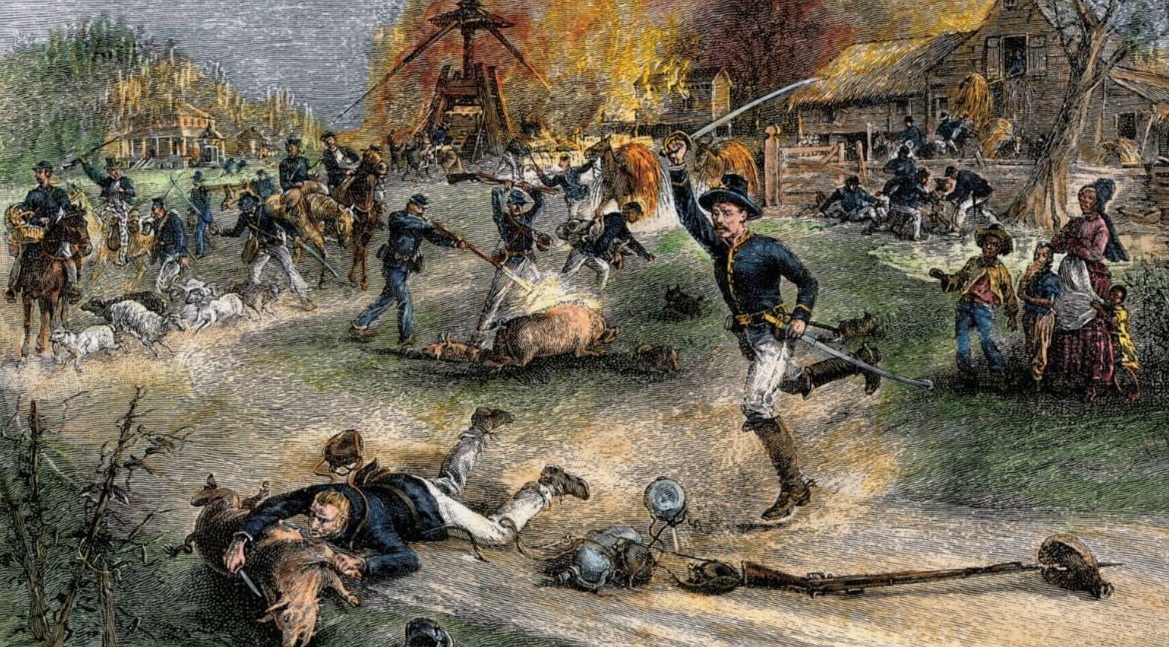
From his headquarters in Atlanta, Georgia, Union major general William T. Sherman prepared for his next move. It was a bold plan. He would cut his supply line, which extended back to Tennessee. The line provided his army with food and material, but it was long and difficult to defend against enemy raiders. He also would cut the telegraph wires that kept him connected to his superiors. That would stop all communications between him and his commander, Lieutenant General Ulysses S. Grant. At first, Grant expressed reservations about the plan, but his faith in Sherman won out. Grant told him, “Go as you propose.”
Before Sherman abandoned Atlanta, he ordered all its military installations burned. He knew that once the Union army left, Georgians would reclaim their city. He didn’t want the Confederacy to be able to use Atlanta as a military and transportation hub again. The fire grew out of control, and about half of the city was destroyed.
On November 15, Sherman set out with 62,000 soldiers on his March to the Sea. His goal was to destroy the infrastructure that supplied the Confederate army with food and materiel. He also wanted to show the people of Georgia that the Confederate government was not able to protect them. The sight of Union soldiers marching unchallenged through the heart of the South, Sherman believed, would crush the people living there. It would bring the war to a speedy conclusion. A quick end would mean fewer lives lost on both sides.
This story is from the January 2018 edition of Cobblestone American History Magazine for Kids.
Start your 7-day Magzter GOLD free trial to access thousands of curated premium stories, and 8,500+ magazines and newspapers.
Already a subscriber ? Sign In
This story is from the January 2018 edition of Cobblestone American History Magazine for Kids.
Start your 7-day Magzter GOLD free trial to access thousands of curated premium stories, and 8,500+ magazines and newspapers.
Already a subscriber? Sign In
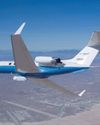
Eye in the Sky
An interview with Joe Piotrowski
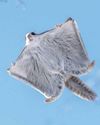
Airborne Animals
Humans have taken to the skies in balloons, gliders, and airplanes-but we're not alone among the clouds. Animals of all sorts have evolved to harness wind power.
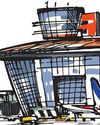
TAKING OFF
The Wright brothers expected airplanes to “take off,” but even they might be amazed at the way the airline industry has become big business. In the past, it was expensive to send something by plane.

GROWTH OF AN INDUSTRY
After their historic flight at Kitty Hawk in 1903, Wilbur and Orville Wright returned to Dayton, Ohio. They spent the next few years making adjustments and building additional versions of their powered aircraft in their bicycle shop.
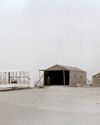
WHY KITTY HAWK?
The Wright brothers searched carefully for the best place to test their gliders and flying machines. Their main concern was for good, steady winds. But they also hoped to find a remote location to allow them to perform tests away from the public eye.
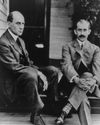
Two Brothers From Ohio
Most people do not realize that the Wright brothers—Wilbur, born in 1867, and Orville, born in 1871—performed various scientific experiments before inventing their aircraft. For as long as anyone in their hometown of Dayton, Ohio, could remember, the Wright boys had worked on mechanical projects.
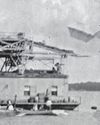
A Helping Hand
May 6, 1896. A group of people who had gathered beside the Potomac River, just south of the U.S. capital, grew quiet. Then, it erupted in cheers as a small, unmanned aircraft took to the skies and flew for more than half a mile. The flight came seven years before the Wright brothers’ first manned, powered flight. The inventor of the aircraft was Dr. Samuel Pierpont Langley.
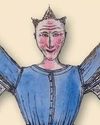
THE IDEA MEN
People dreamed of flying thousands of years before the Wright brothers found success near Kitty Hawk, North Carolina. These dreamers, such as Leonardo da Vinci, studied birds flying and imagined how humans might do the same—if only they had wings. Other men developed a more hands-on approach to the topic. Early inventors made wings of cloth, glue, and feathers and tied these creations to their arms in an attempt to imitate nature.

Da Vinci's 4 Designs
Have you ever wondered how a bird flies? Leonardo da Vinci (1452–1519) did. He thought that understanding how a bird flies would provide the key to human flight. So, what did da Vinci learn from birds?
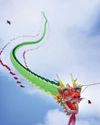
Silken Wings
Seven hundred years before the Wright brothers began experimenting with human flight, the Chinese had already mastered its secrets—with kites.